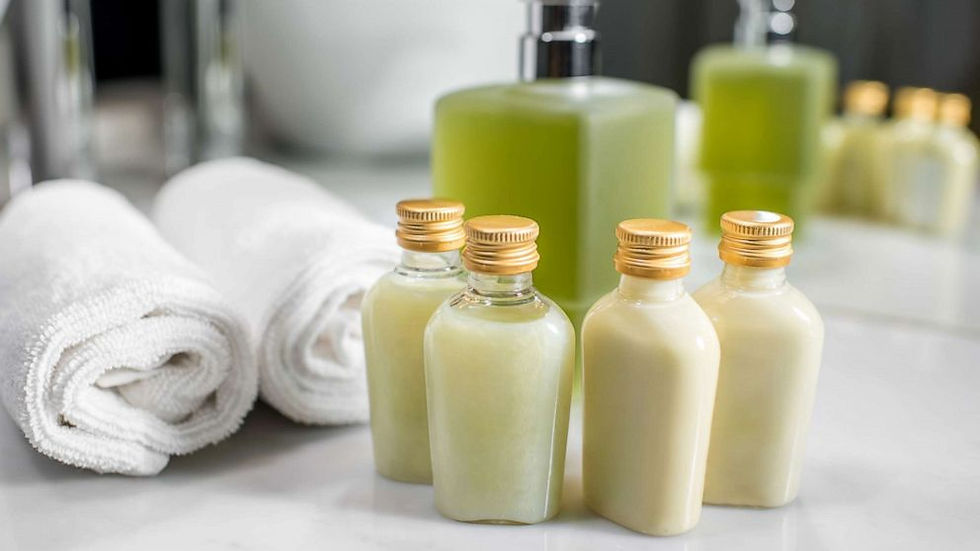THE RIGHT CHEMISTRY - Vanillin (C8H8O3)
- Chemia
- Apr 8, 2020
- 2 min read
THE RIGHT CHEMISTRY Vanillin (C8H8O3)

Falling into the category of one of the more common fragrance raw materials, vanillin or methyl-protocatechuic aldehyde (C6H3OHOCH3COH) occurs in the form of white or creamy-white crystalline needles. Vanillin is a water-soluble, oil-soluble (fatty and volatile), and alcohol-soluble substance with a melting point of 83°C (commercial grades often 80-81°C) and a boiling point of 285°C. This material can be found naturally in Siam benzoin, balsams of Peru and Tolu, from gum benzoin, traces in many vegetable tissues, and may also be found on the surface of the vanilla bean. Although several routes exist for synthesizing vanillin, artificial vanillin is currently primarily produced from the petrochemical raw material guaiacol. This synthetic method tends to provide a more chemically pure vanillin than compared to other most important synthetic methods of production, which include derivation from lignin, eugenol, protocatechu aldehyde, and safrole.
Storage of all raw materials is a significant element in the grand scheme of things. With that being said, the proper storage of vanillin should be taken into account for a number of reasons involving possible vanillin transformation and/or decomposition. It is firmly recommended that vanillin be preserved in a well-closed container/bottle, stored in a dry and well-ventilated place at room temperature, and protected from light and moisture. This is due to the fact that vanillin is liable to deterioration from oxidation. Vanillin oxidizes to some extent when exposed to moist air, and upon oxidation it yields odorless vanillic acid (C8H8O4). This crystalline chemical is also affected by light. Vanillin absorbs UV light at wavelengths of 308 and 278nm, suggesting that phototransformation is possible. Decomposition of vanillin under strict anaerobic conditions has too been observed. Additionally, vanillin storage in the same place or mix-up with strong acidic or alkaline materials is prohibited.
On a daily basis, vanillin is used considerably in many different types of flavors and fragrances. Its sweet, creamy effects make it an excellent choice for vanilla, chocolate, butterscotch, hazelnut, caramel, and even fruit flavors and fragrances. The frequency of vanillin use makes the correct storage of this raw material essential.



Comments